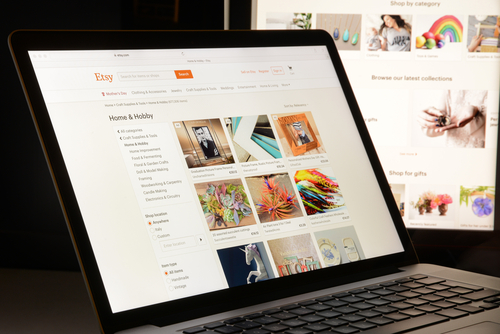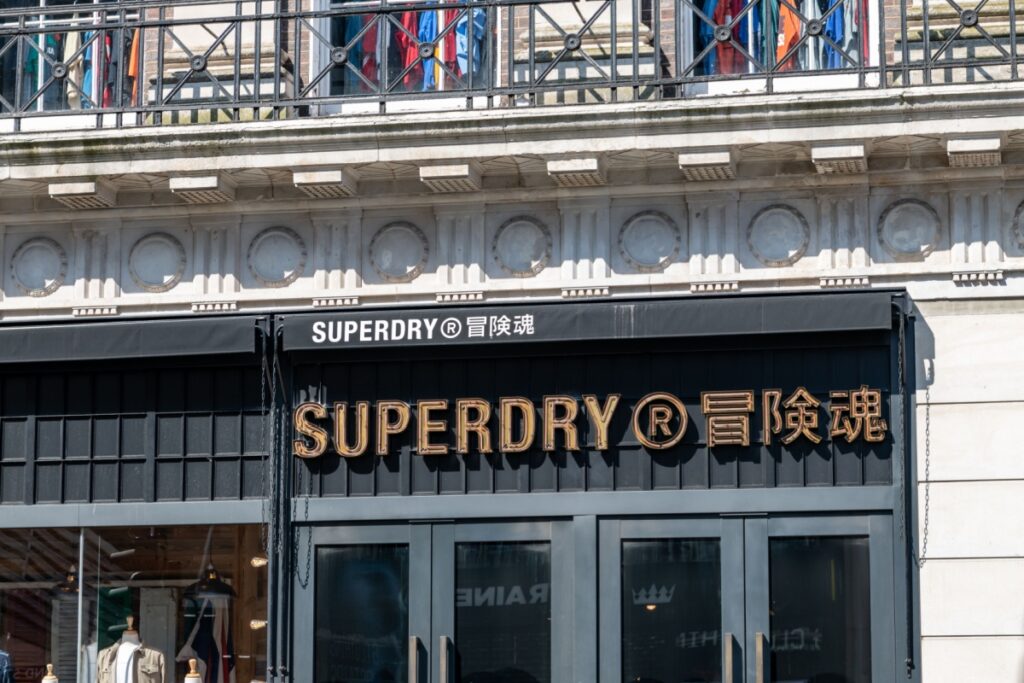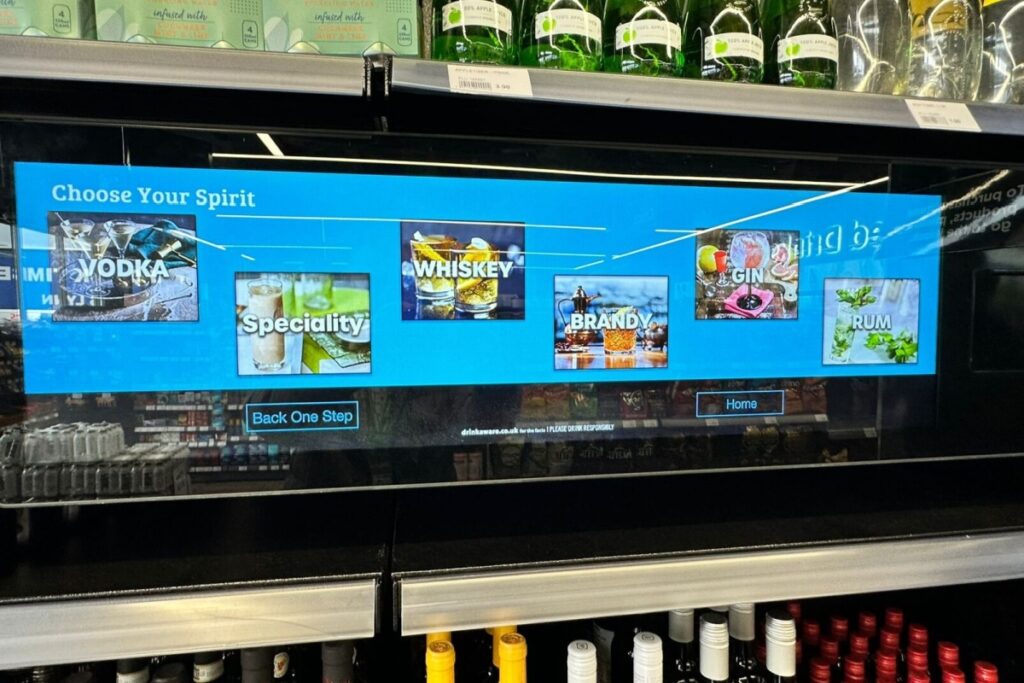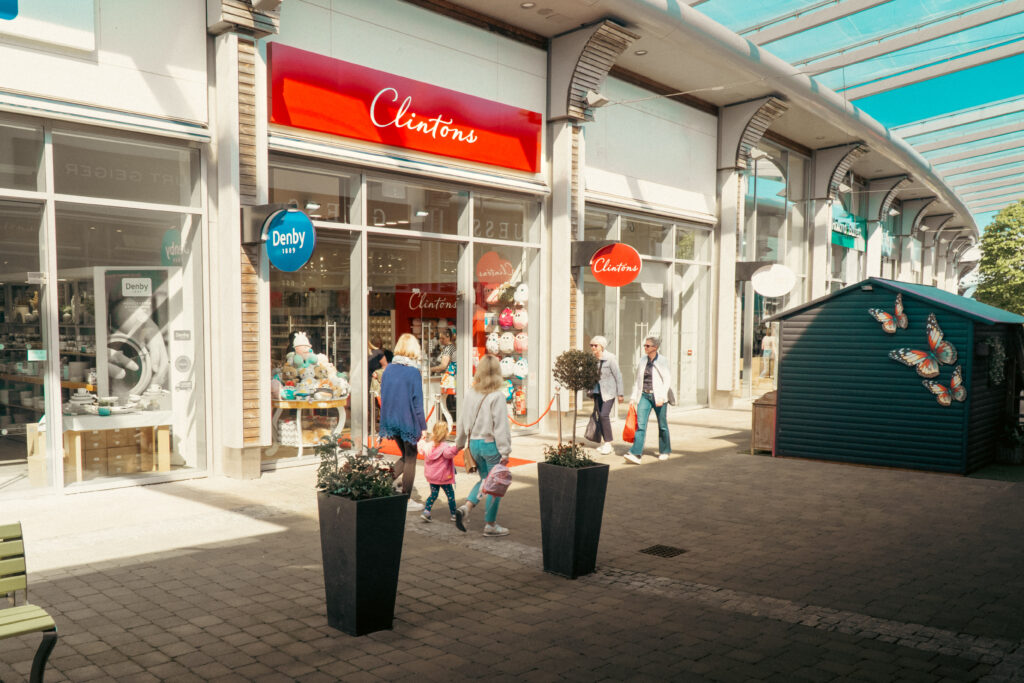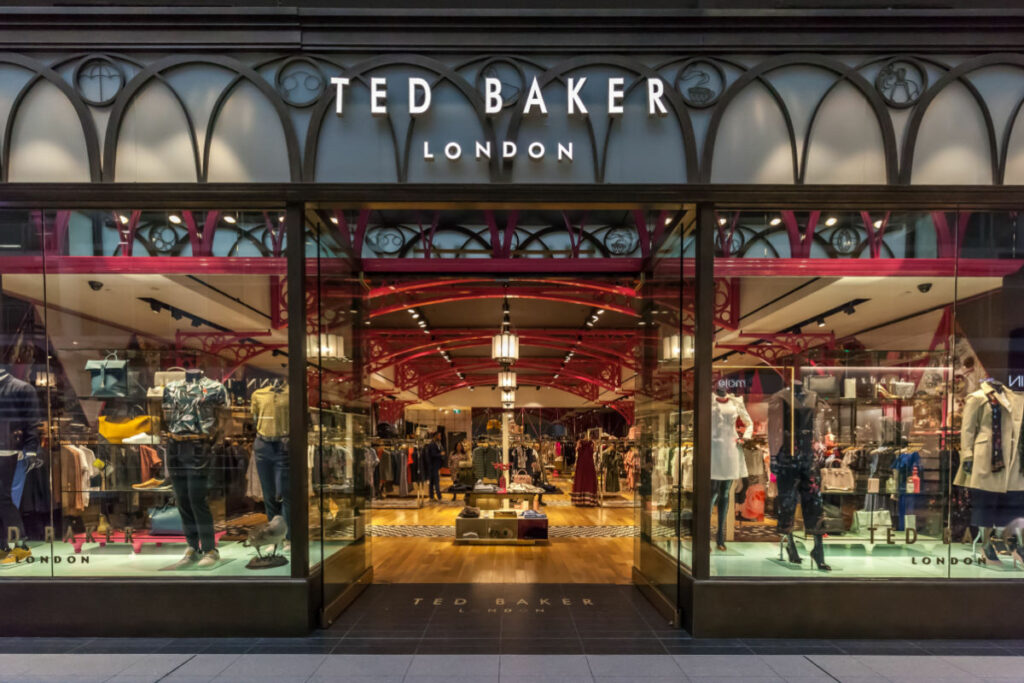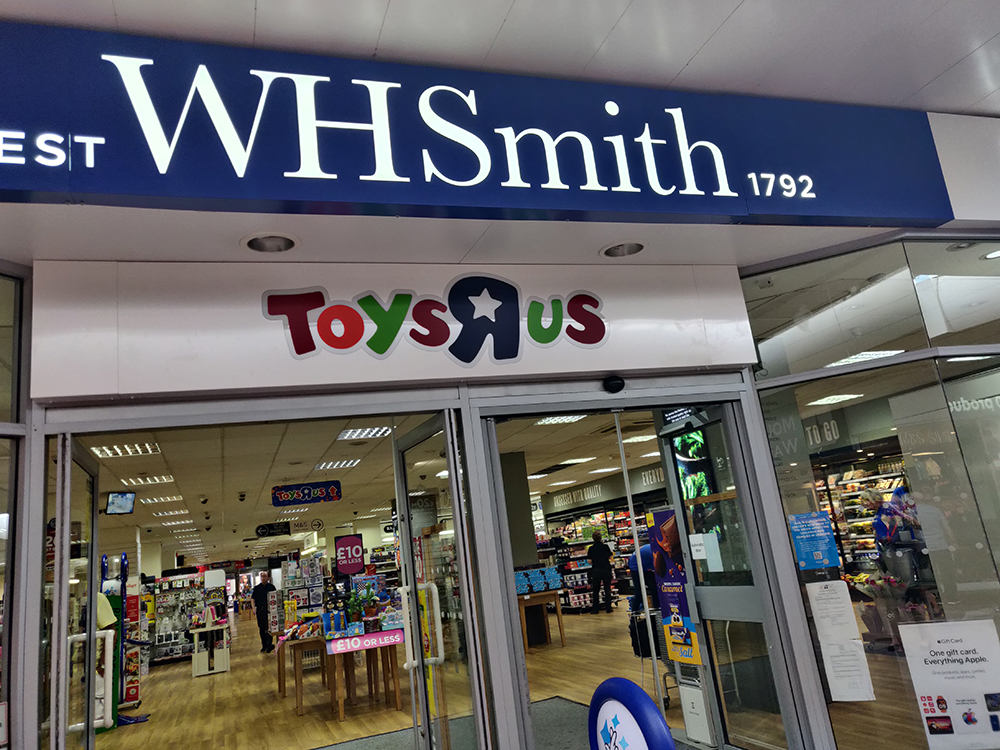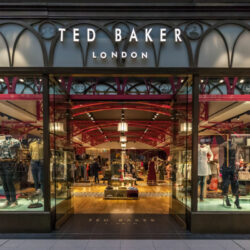Shoppers browsing their favourite websites, from Argos to Amazon, may be bombarded with a raft of deals, however some may be more prominent than others.
The positioning of product listings is just one way brands are working with retailers to advertise to the huge audience that many shopping websites attract.
With millions of visitors each month – the UK’s most visited site Amazon gets 286m hits a month, according to SEM Rush – it’s no surprise why brands are trying to reach new customers this way.
And it’s becoming big business for retailers too with retail media sales set to top £22bn by 2026, according to trade body IAB Europe.
Advertising agency GroupM forecasts that sales through the channel will be bigger than TV advertising by 2028.
Retail Gazette takes a look at why retail media has exploded in popularity and how retailers can get it right.
The rise of retail media
Retail media essentially allows brands to advertise to customers while they shop, either online or in-store.
This could be through a traditional advert, or indeed the positioning of certain products or brands on a website, such as the first few search results on Amazon, which are usually labelled ‘sponsored’.
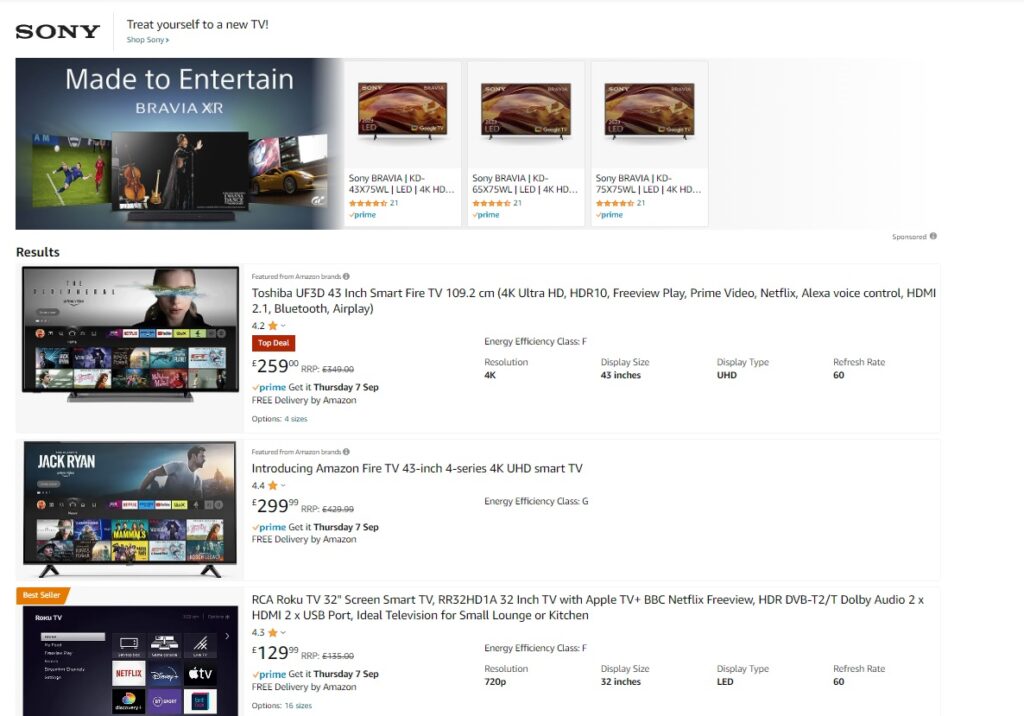
Marketing consultancy Controlled v Exposed global practices lead Nick King explains: “Ultimately retail media is a retailer promoting certain brands more within their relevant environment – store, website, app or even offsite using relevant data”.
Asos Media Group direct Elton Ollerhead told marketing festival MAD//Fest London earlier this year that retail media is “not necessarily a new thing” as “the grocers have been doing it for decades”.
However, he admits that it has really gained traction in recent years.
Tim Abraham, senior director of data partnerships at ad tech firm The Trade Desk, which works with businesses such as Ocado and Walmart on their retail media offering, explains the main reason there has been an explosion in this area of late is demand from brands.
“The advertisers we work with want solutions where they can reach people across those different channels,” he says.
Indeed, lots of brands are choosing this solution, with research from IAB and Europe and Microsoft last year finding that 92% of advertisers and 74% of agencies are currently partnering with retailers to reach consumers.
Abraham adds that retail media is typically associated with an email address rather than a cookie and advertisers are currently looking for such solutions as the third-party cookies – which tracks users across the web and allows brands to serve them targeted ads – are being phased out by the likes of Google, Apple and Firefox.
Since advertising on retailer websites targets customers while they’re already shopping, logic would suggest they are more likely to be convinced to make a purchase.
What’s more, retail media allows brands to collect first-party data on shopper behaviour, which is more reliable than third-party cookie data.
Tesco chief customer officer Alessandra Bellini told MAD//Fest London: “Through Tesco’s retail media division, we can tell brands what customers are buying, shopping frequency and when they buy, store or online, and what location and shopping mission is.
“We really have insight over shopping behaviour and how they consume media, how they like to be engaged, how they make decisions and what inspires them”.
What is possible?
Giving examples of how Asos ensures its brand campaigns reach the right audiences, Ollerhead says some of its retail media tactics include “homepage takeovers, social media events, payment placements and targetted email and push notifications”.

Stacy Gratz, regional managing director at Dunnhumby, which has partnered with Tesco to run its media and insights platform, explains that the grocer can also target customers in-store via its Scan as you Shop devices, pointing out this is useful as it allows them to “deliver advertising based on someone’s Clubcard data”.
Meanwhile, Abraham says other in-store advertising can take place via “radio tannoy, end of aisle, stickers on the floor, and [adverts] in the carpark”.
LiveRamp RVP sales and marketing for continental Europe Stanislas Lajouanie says customers can also be targeted when they’re not shopping, for example while visiting other publishers’ websites.
Explaining why this is useful, he says: “Consumers have a life outside of the retailer’s assets.
“So if you only take into account the points of contact that are on the retailer’s assets, you’re kind of losing all the opportunities to understand your consumers’ behaviour outside of these ecosystems”.
Does retail media annoy shoppers?
Despite all these channels available, King points out it’s equally important not to “annoy” consumers with an intrusive customer experience.
He says: “You’ve probably done some brand awareness, you’ve done an and to bring them to your site, you’ve got them on your site, they’re in a process to buy, and then you annoy them with ads.
“That’s actually the worst of both worlds. It’s a great opportunity, but if you ignore your existing customers and annoy them, you lose money”.
Lajouanie agrees and says although the majority of people are more likely to make a purchase when targeted with personalised adverts, businesses must ensure it’s not a “surprise as to where information comes from”.
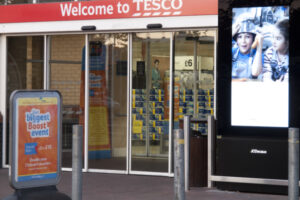
What changes do businesses need to make?
With retail media platforms becoming increasingly popular, it’s crucial that companies take the right steps to make sure their advertising businesses work for both brands and consumers.
However, since it’s a new area for many businesses, a number of changes need to be made to ensure success.
Lajouanie explains: “The idea of a retail media network is quite different from what retailers are used to. For one, the traditional relationship and roles between brands and retailers has changed.
He says that retailers building an advertising business need to “think more like a publisher”, which he says requires a shift in business culture and can require new expertise brought into the business.
It also requires a lot of first-party data. Lajouanie says: “The data that retailers are able to capture provides invaluable insights into interactions, as well as buying habits.
“Retailers should therefore look to optimise their first-party data strategies to learn more about them and their interests, and so gain more owned data in the process”.
Ultimately it is a retailer’s deep understanding of their customers that makes them such an effective route to market for brands.
And as more brands look to take advantage of this, advertising will grow to be a notable revenue channel for many large retailers.
Click here to sign up to Retail Gazette‘s free daily email newsletter

